Home>Construction & Tools>Building Materials>How To Get Wax Off Of Brick
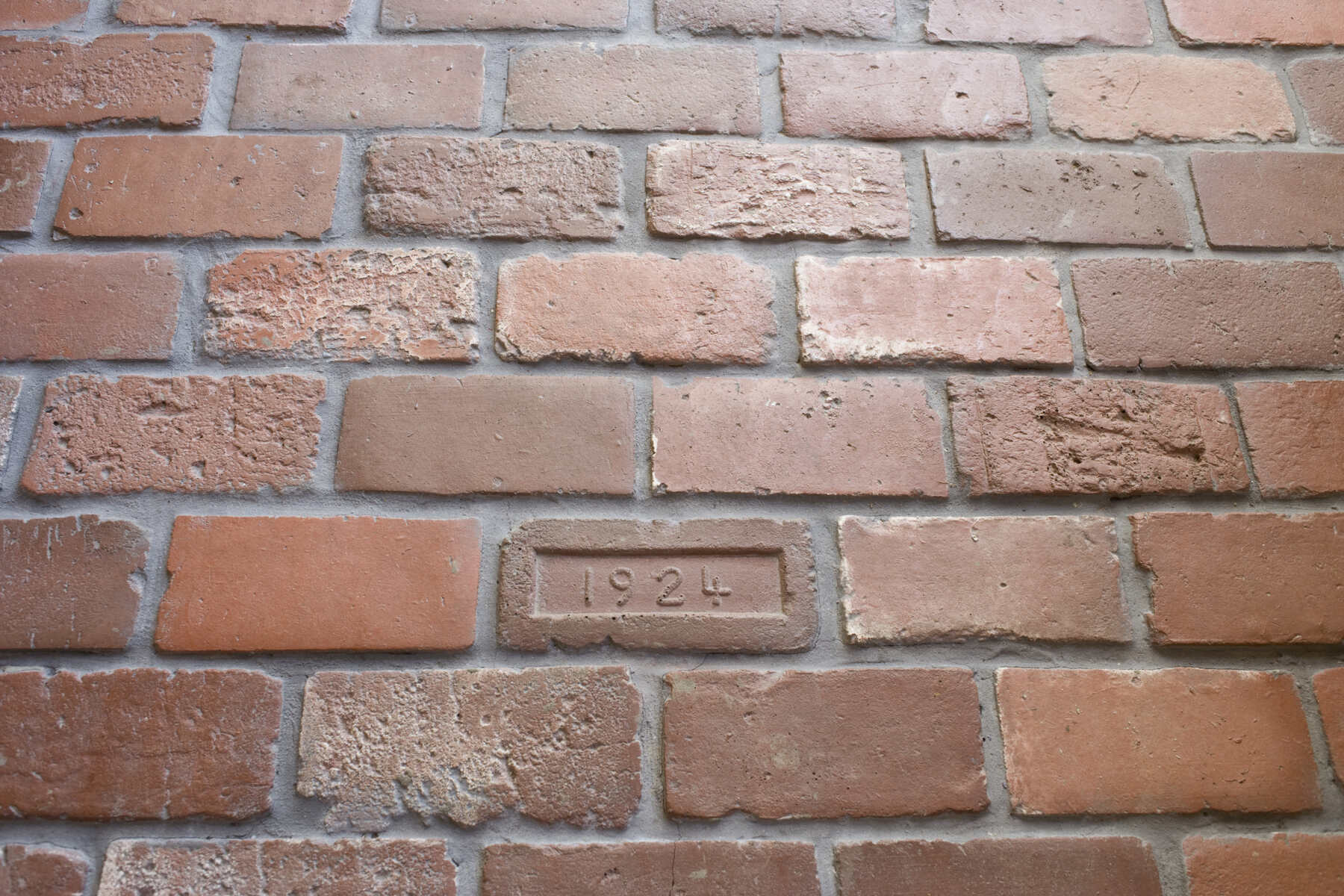

Building Materials
How To Get Wax Off Of Brick
Published: January 22, 2024
Learn how to effectively remove wax from brick and other building materials with our step-by-step guide. Keep your surfaces clean and pristine with these expert tips.
(Many of the links in this article redirect to a specific reviewed product. Your purchase of these products through affiliate links helps to generate commission for Storables.com, at no extra cost. Learn more)
Introduction
Brick surfaces add timeless charm and character to homes and buildings. However, when wax accidentally drips or splatters onto brick, it can be a challenging substance to remove without causing damage. Whether it’s from a candle, wax seal, or other source, removing wax from brick requires patience and the right techniques to ensure a successful outcome without marring the brick’s appearance.
In this comprehensive guide, we will explore effective methods for safely removing wax from brick surfaces. By following these techniques, you can restore the natural beauty of your brick without causing any harm. Let’s dive into the materials needed and the step-by-step methods to conquer this pesky problem and restore your brick surfaces to their former glory.
Key Takeaways:
- Safely remove wax from brick using heat, solvents, or a pressure washer. Protect the brick’s natural beauty with patience and the right materials.
- Gather protective gear and follow step-by-step methods to effectively eliminate wax residue from brick surfaces. Restore timeless charm with confidence.
Read more: How To Get Wax Off A Dresser
Materials Needed
Before embarking on the task of removing wax from brick, it’s essential to gather the necessary materials to ensure a safe and effective process. Here’s what you’ll need:
- Protective gloves
- Heat gun or hairdryer
- Plastic putty knife or old credit card
- White vinegar or citrus-based solvent
- Clean, lint-free cloths or rags
- Bucket
- Mild dish soap
- Soft-bristled brush
- Pressure washer (optional)
- Protective eyewear (if using a pressure washer)
Once you have these materials on hand, you’ll be well-prepared to tackle the task of removing wax from your brick surfaces using the methods outlined below.
Method 1: Using Heat
Applying heat is a widely used and effective method for removing wax from brick surfaces. Here’s how to do it:
- Protective Measures: Put on protective gloves to shield your hands during the process.
- Heat Application: Use a heat gun or hairdryer on a low setting to gently warm the wax. Hold the heat source several inches away from the wax to avoid overheating the brick.
- Scraping: Once the wax becomes soft and pliable, carefully scrape it off with a plastic putty knife or an old credit card. Be gentle to avoid scratching or damaging the brick surface.
- Repeat if Necessary: For stubborn wax residue, reapply heat and continue the gentle scraping process until the wax is completely removed.
- Cleaning: After removing the wax, dampen a clean, lint-free cloth with white vinegar and gently wipe the affected area to remove any remaining residue. Alternatively, a citrus-based solvent can be used for this purpose.
Using heat to remove wax from brick is a delicate process that requires patience and caution to prevent damage to the brick surface. By following these steps, you can effectively eliminate wax buildup and restore the natural allure of your brick.
To remove wax from brick, place a brown paper bag over the wax and run a warm iron over it. The wax will melt and be absorbed by the paper. Repeat with a clean section of the bag until the wax is gone.
Method 2: Using a Solvent
When dealing with stubborn wax residue on brick surfaces, employing a solvent can be an effective approach. Here’s a step-by-step guide to utilizing a solvent for wax removal:
- Protective Gear: Prior to beginning the process, don protective gloves to shield your hands.
- Solvent Application: Apply a small amount of white vinegar or a citrus-based solvent directly onto the wax-affected area of the brick.
- Allow Penetration: Let the solvent sit on the wax for several minutes to penetrate and loosen its grip on the brick surface.
- Gentle Scrubbing: Using a soft-bristled brush, gently scrub the affected area to help lift the softened wax from the brick. Take care to avoid vigorous scrubbing, which could potentially damage the surface.
- Repeat as Needed: For persistent wax residue, reapply the solvent and continue the gentle scrubbing process until the wax is fully removed.
- Final Cleaning: Once the wax is eliminated, rinse the area with clean water and mild dish soap to remove any remaining solvent and wax residue. Thoroughly dry the brick surface with a clean, lint-free cloth.
Using a solvent to remove wax from brick requires a gentle touch and patience. By following these steps, you can effectively dissolve and eliminate wax buildup, restoring the natural beauty of your brick surfaces.
Method 3: Using a Pressure Washer
For larger areas or more extensive wax buildup on brick surfaces, utilizing a pressure washer can be an efficient method for wax removal. Here’s a detailed guide to employing a pressure washer for this purpose:
- Preparation and Safety: Before using a pressure washer, ensure that the surrounding area is clear of any delicate items or materials that could be damaged by the force of the water. Don protective eyewear to shield your eyes during the process.
- Pressure Washer Setup: Follow the manufacturer’s instructions for setting up the pressure washer, including connecting it to a water source and ensuring the appropriate pressure settings for brick surfaces.
- Water Application: Direct the pressure washer nozzle at the wax-affected areas of the brick, applying steady and even pressure to dislodge the wax buildup.
- Methodical Approach: Work systematically across the affected areas, ensuring consistent coverage and paying particular attention to stubborn wax spots.
- Final Rinse: Once the wax is dislodged, thoroughly rinse the brick surface with the pressure washer to remove any remaining residue and ensure a clean finish.
Using a pressure washer for wax removal on brick surfaces can be an effective solution, particularly for larger areas or deeply embedded wax. However, it’s important to exercise caution and follow proper techniques to avoid causing damage to the brick.
By following these steps, you can successfully eliminate wax buildup and rejuvenate the appearance of your brick surfaces using a pressure washer.
Read more: How To Get Wax Off Floor Tiles
Conclusion
Removing wax from brick surfaces may initially seem like a daunting task, but with the right techniques and materials, it can be effectively accomplished while preserving the integrity of the brick. Whether using heat, solvents, or a pressure washer, each method offers a unique approach to tackling wax buildup on brick surfaces.
By employing heat to soften and remove the wax, utilizing solvents for gentle dissolving, or harnessing the power of a pressure washer for larger-scale wax removal, you can restore the natural allure of your brick without causing damage.
It’s important to approach the task with patience and care, ensuring that the chosen method aligns with the specific needs of the affected brick surfaces. Protective gear, such as gloves and eyewear, should always be utilized to safeguard against potential hazards during the wax removal process.
With the comprehensive information provided in this guide, you are equipped with the knowledge and techniques to confidently address wax buildup on brick surfaces. By following the outlined methods and exercising caution, you can effectively eliminate wax residue and maintain the timeless beauty of your brick for years to come.
Now that you’re armed with these valuable insights, you can confidently tackle the challenge of wax removal from brick surfaces, restoring their natural splendor and ensuring that they continue to exude timeless charm and elegance.
Frequently Asked Questions about How To Get Wax Off Of Brick
Was this page helpful?
At Storables.com, we guarantee accurate and reliable information. Our content, validated by Expert Board Contributors, is crafted following stringent Editorial Policies. We're committed to providing you with well-researched, expert-backed insights for all your informational needs.
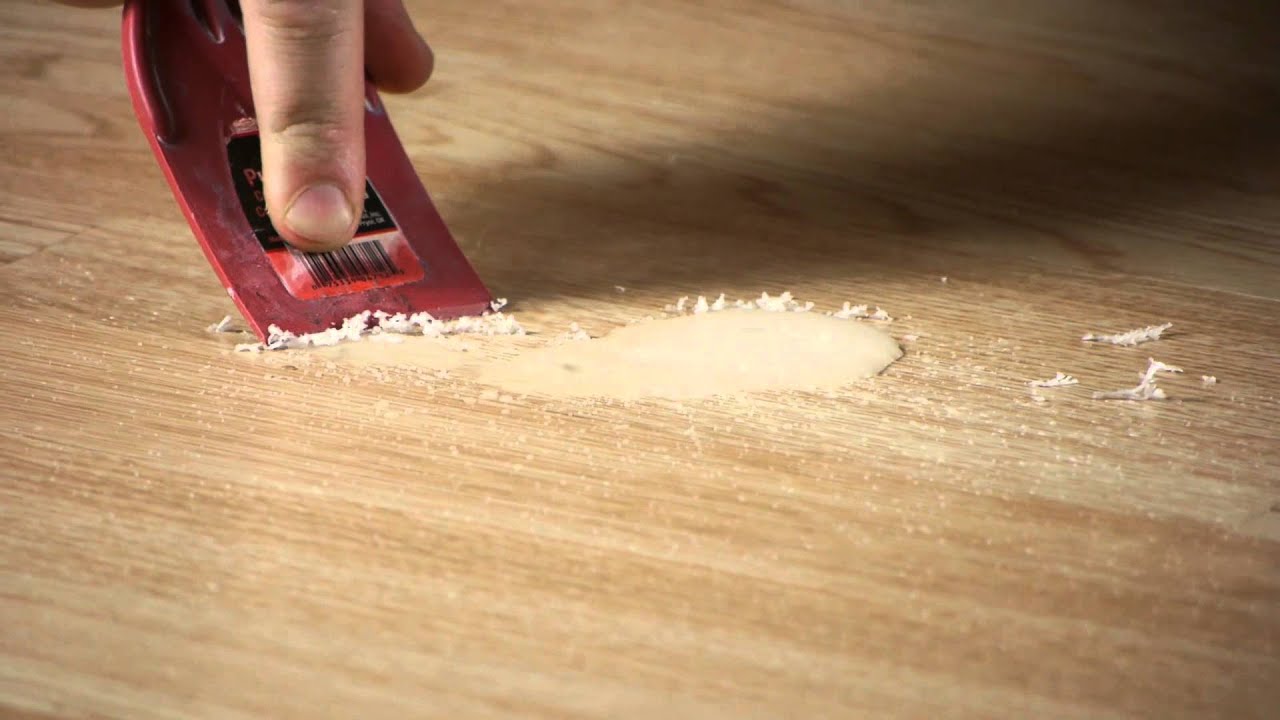
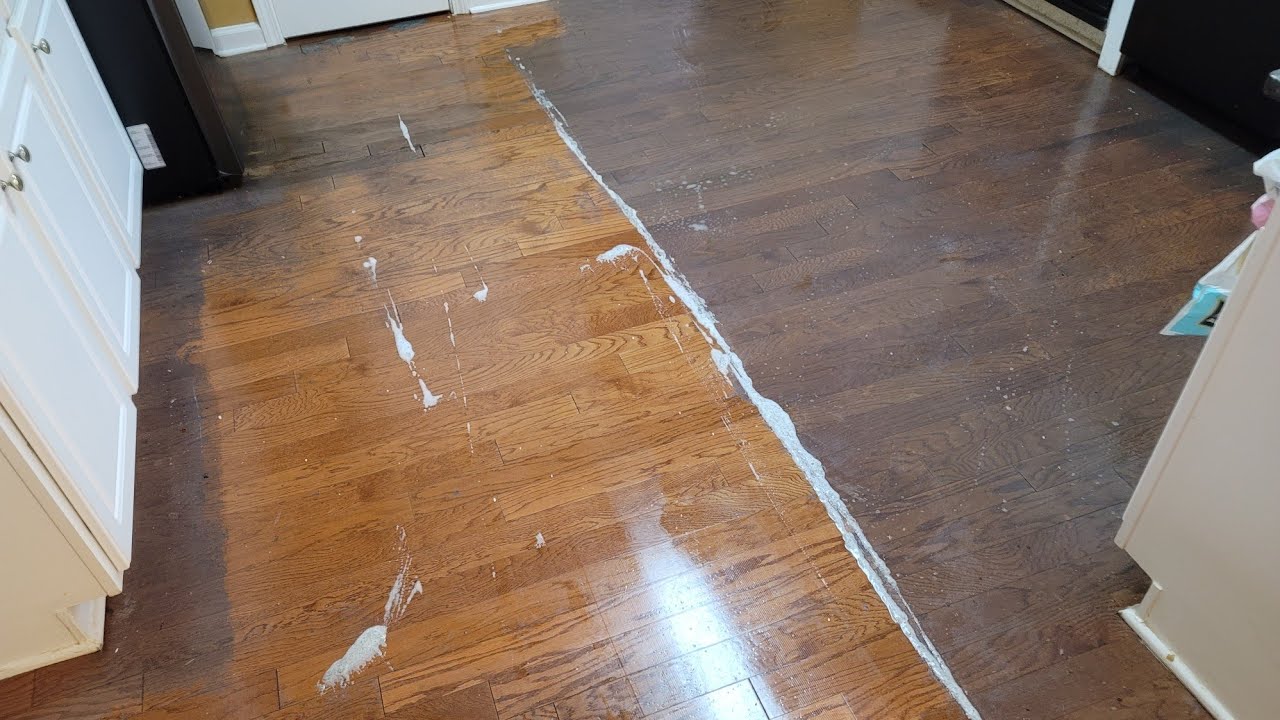

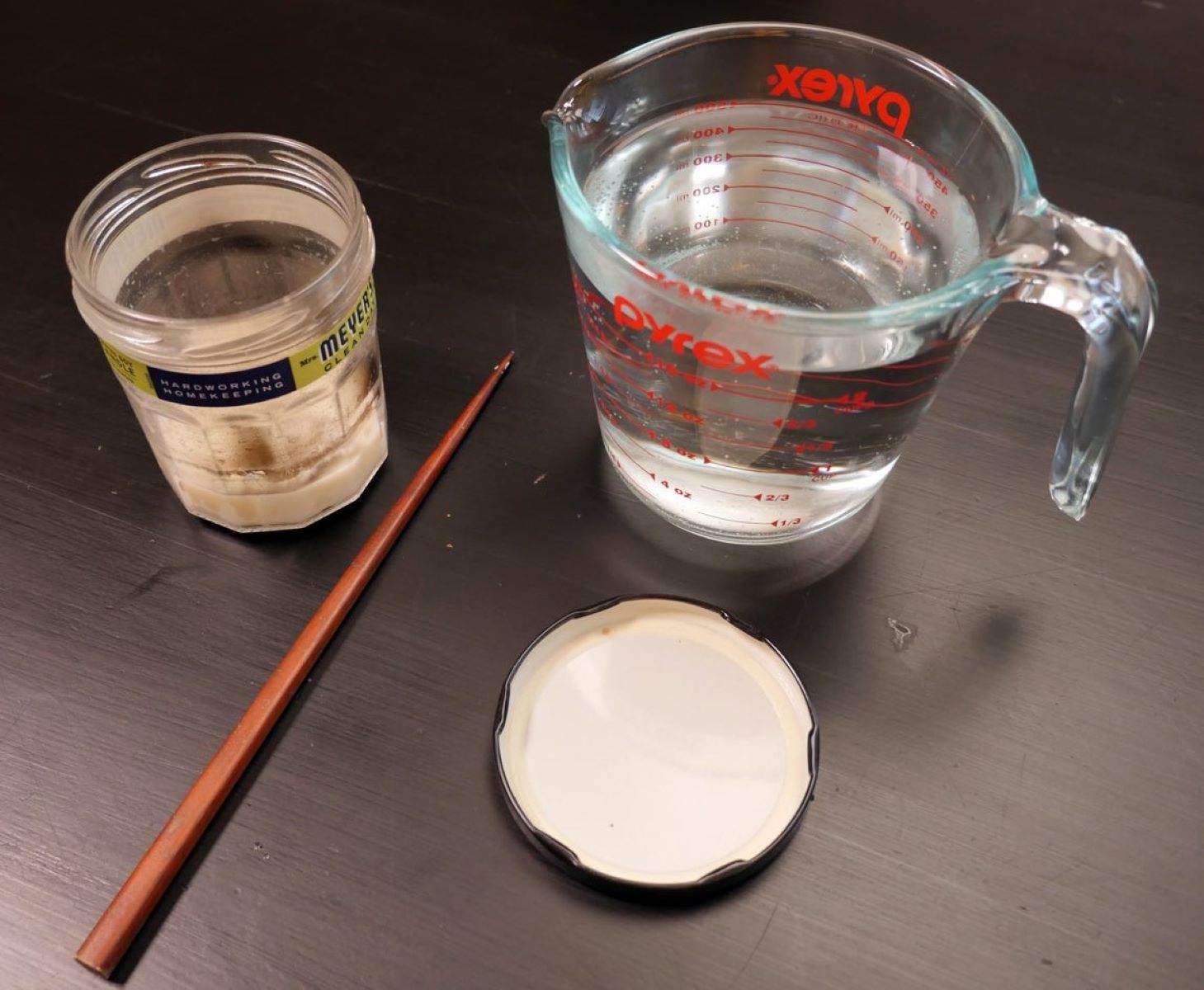
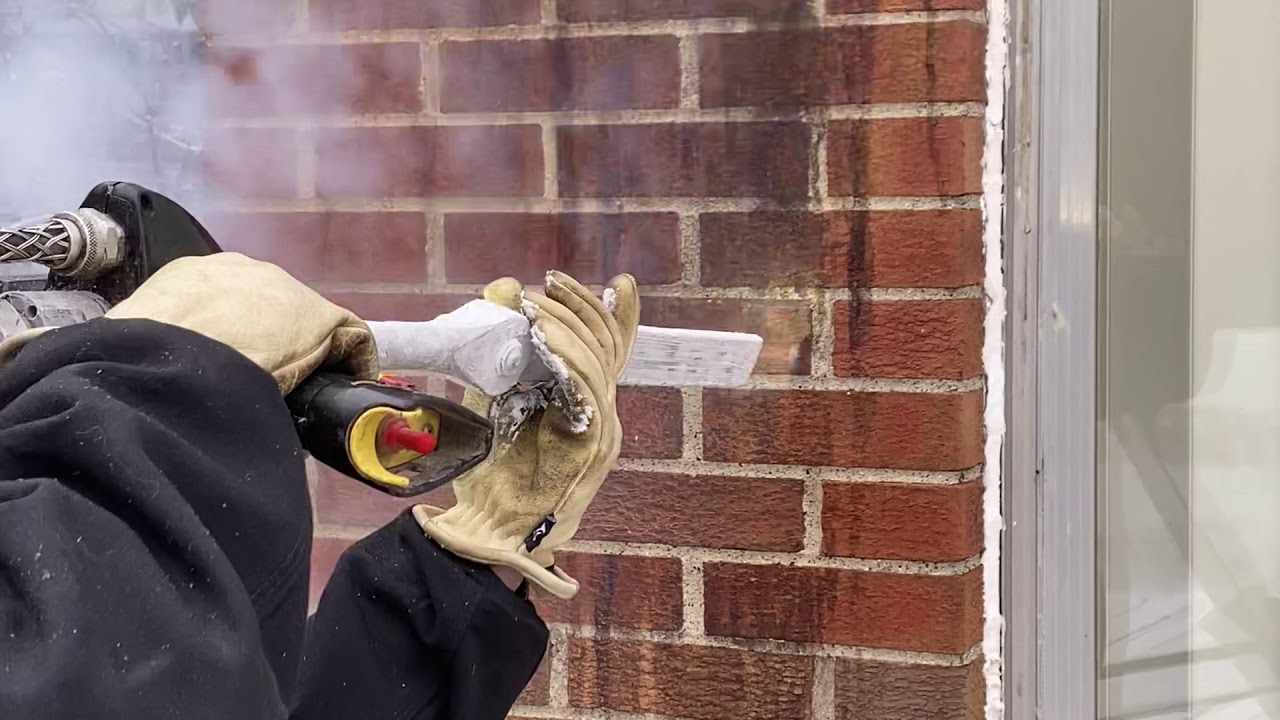
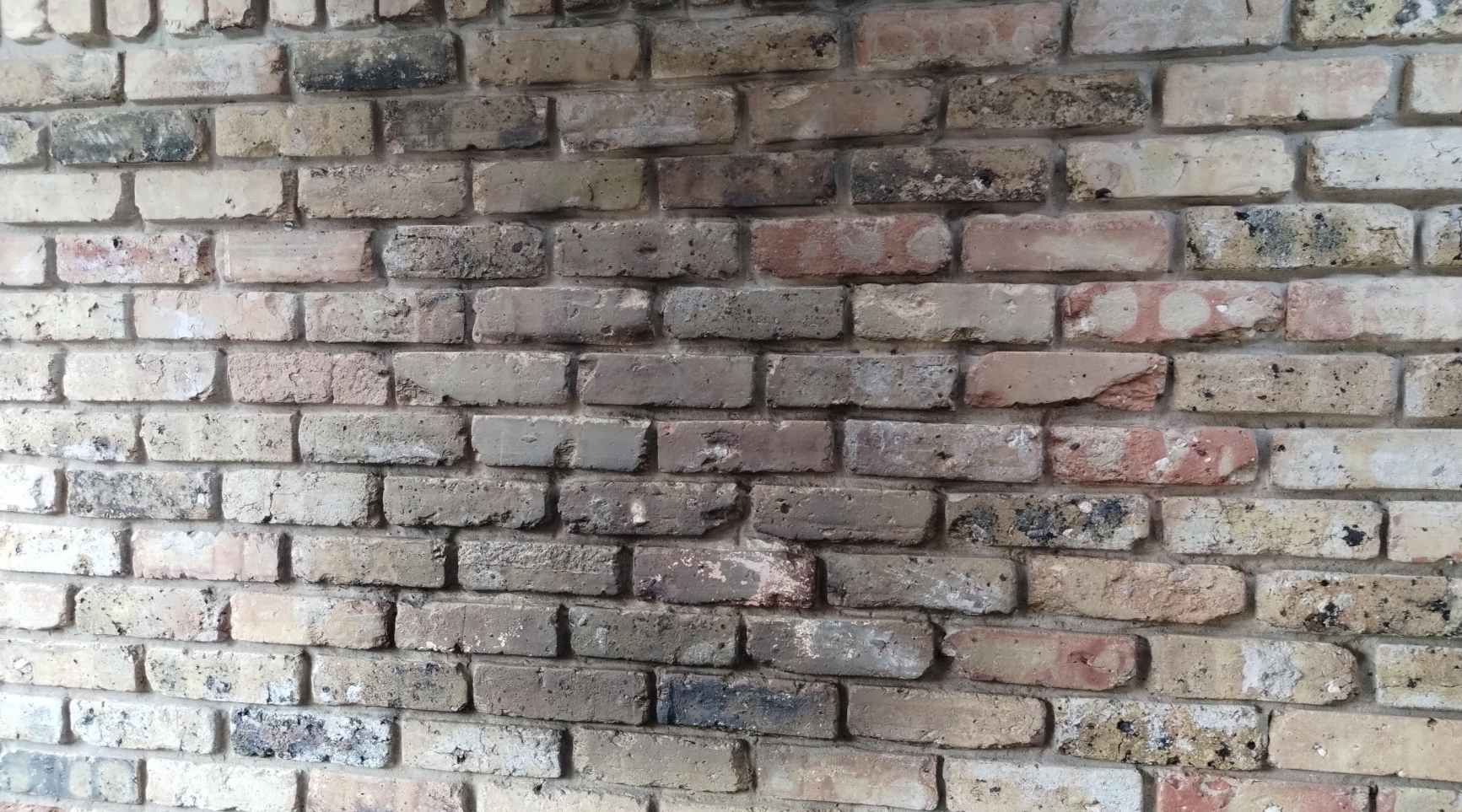
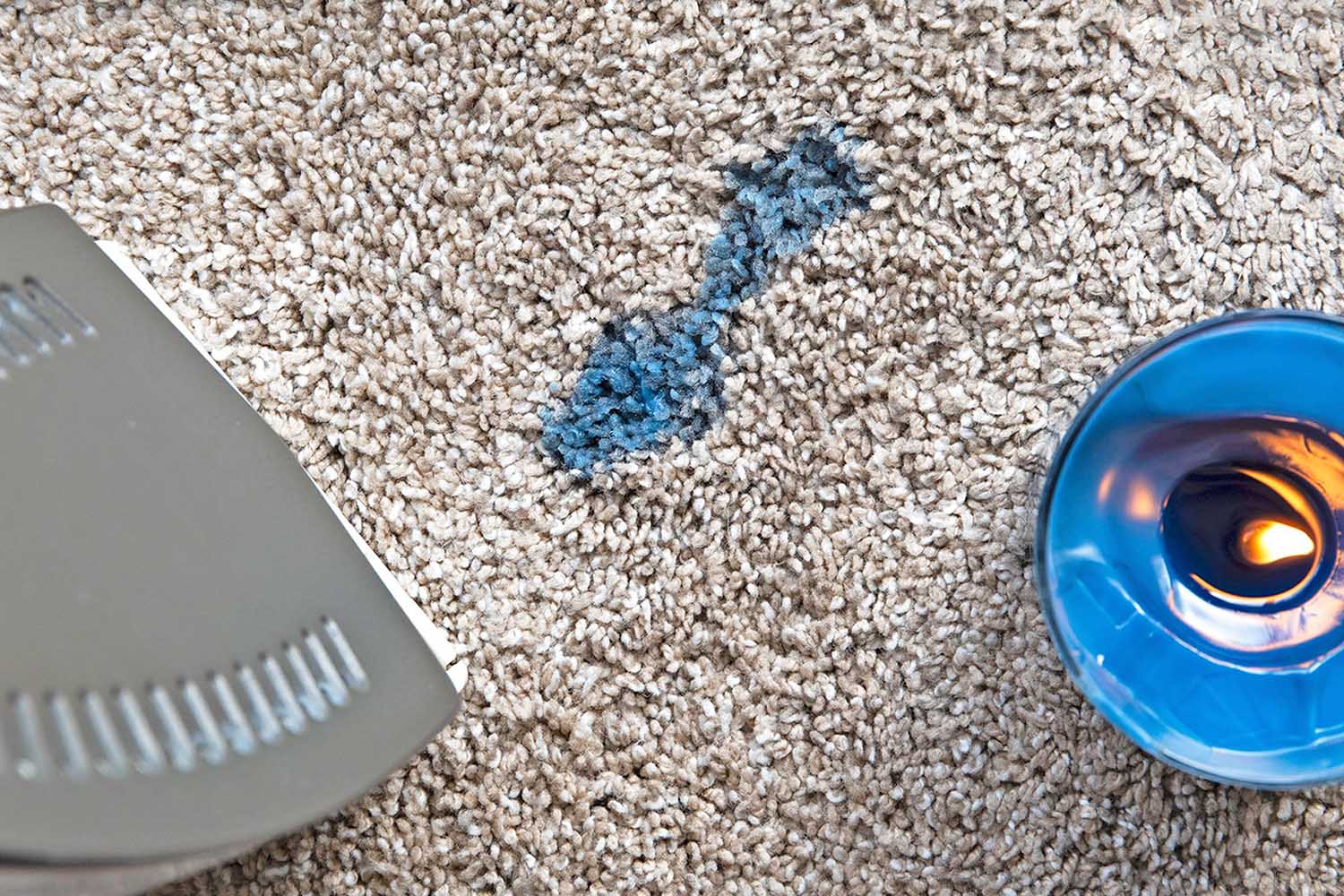
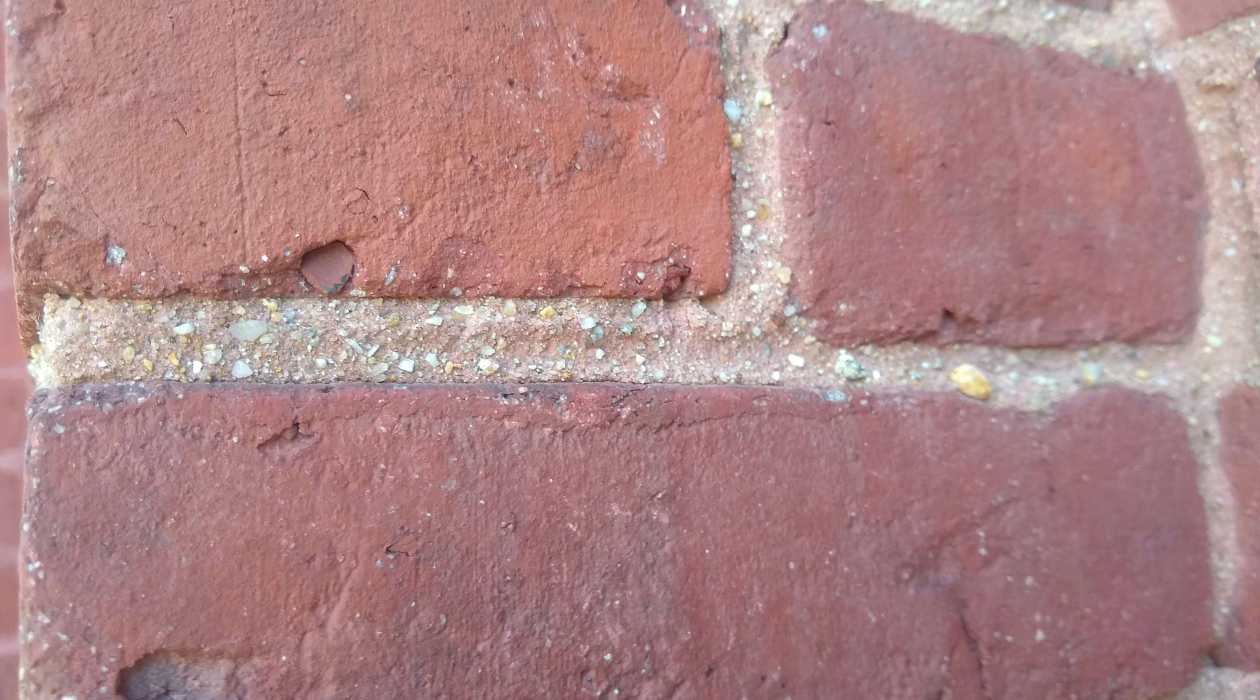
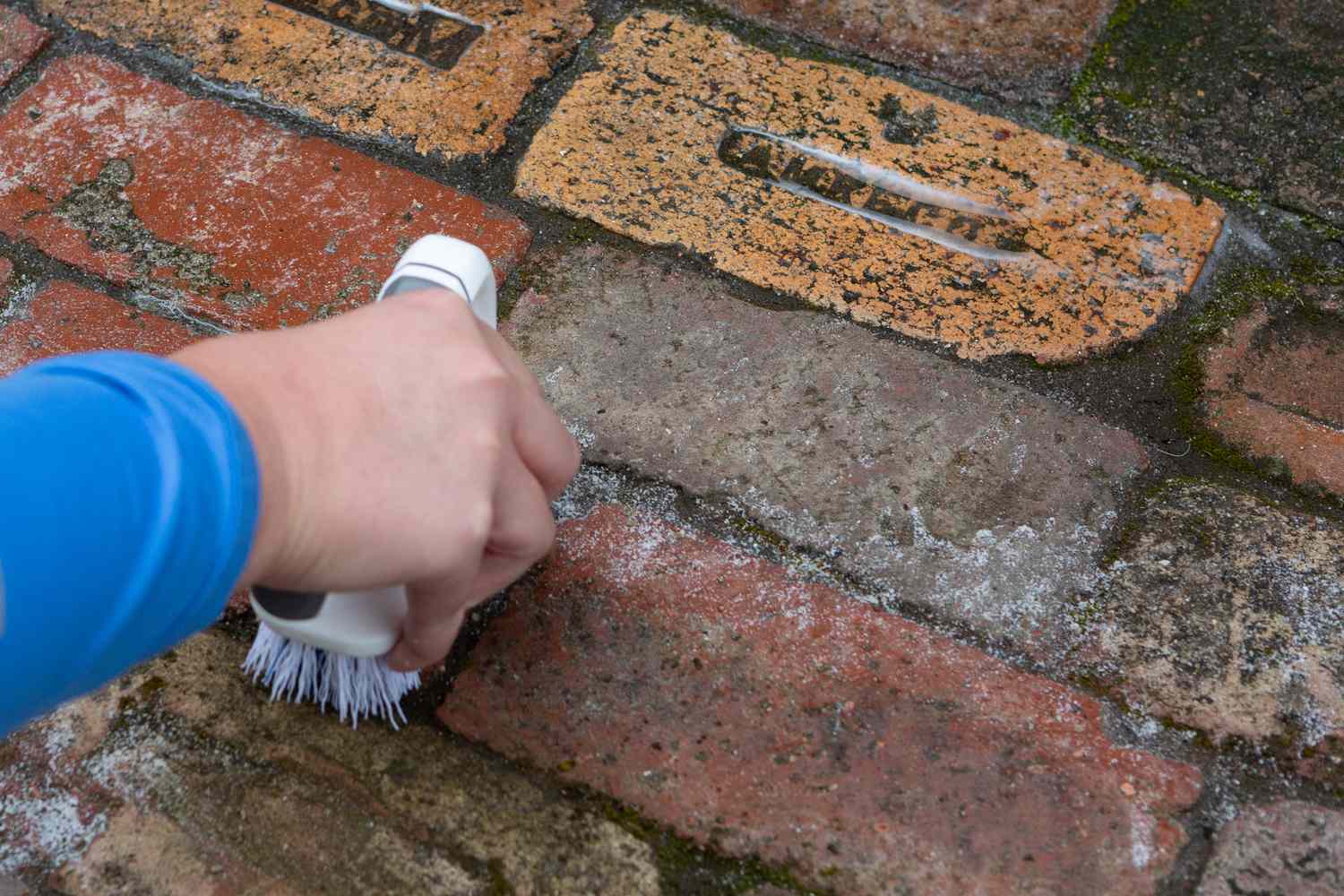
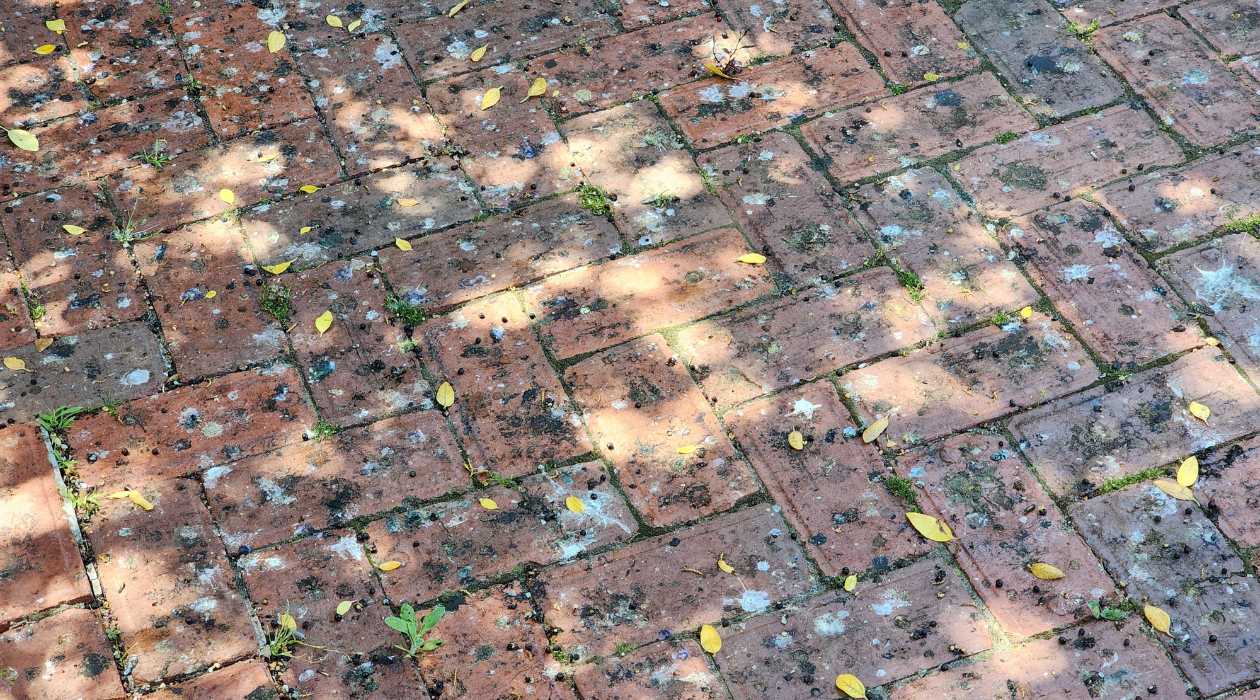
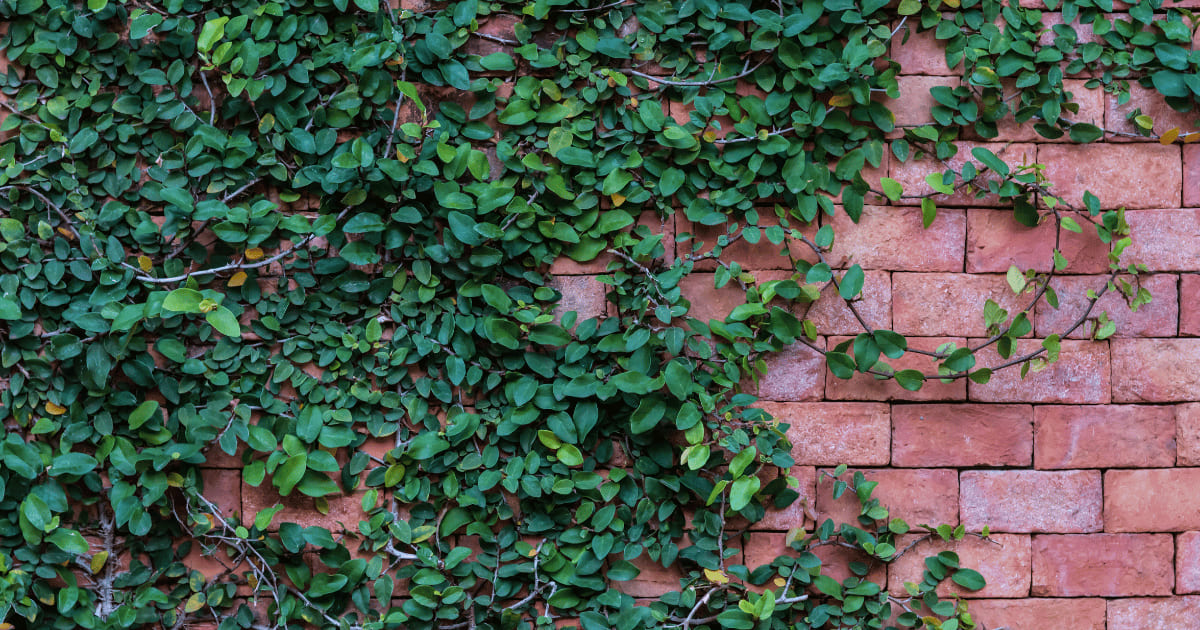
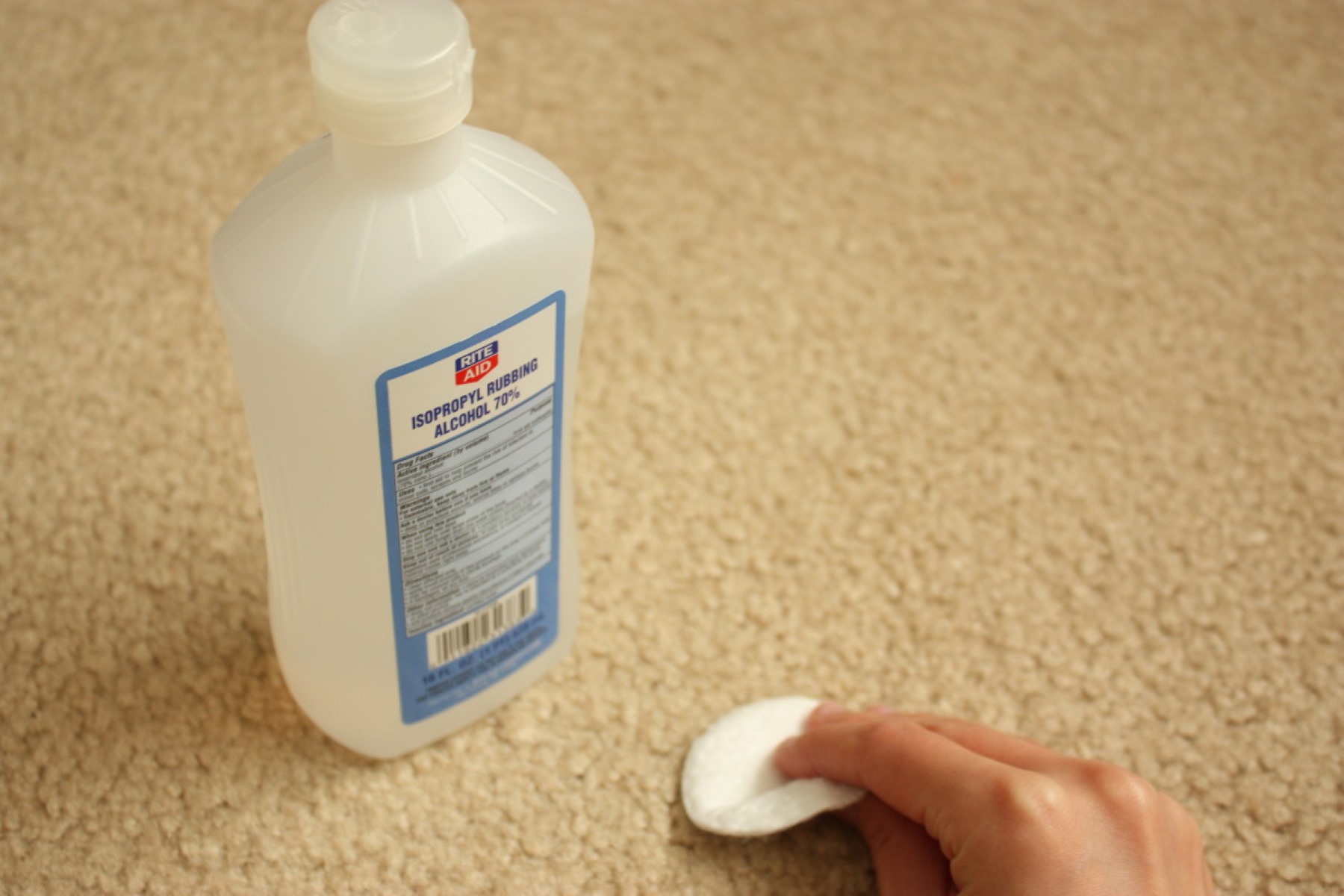
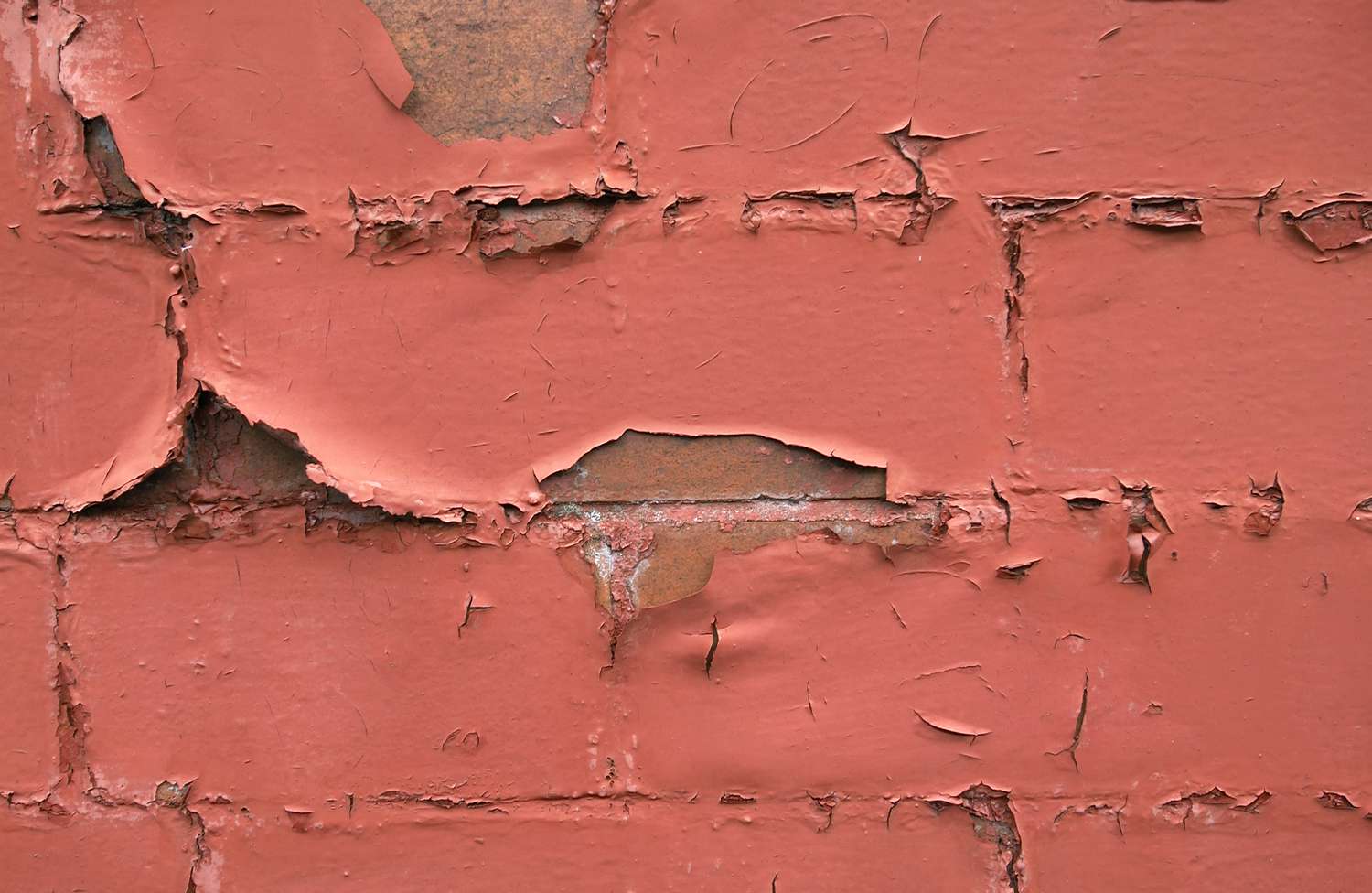
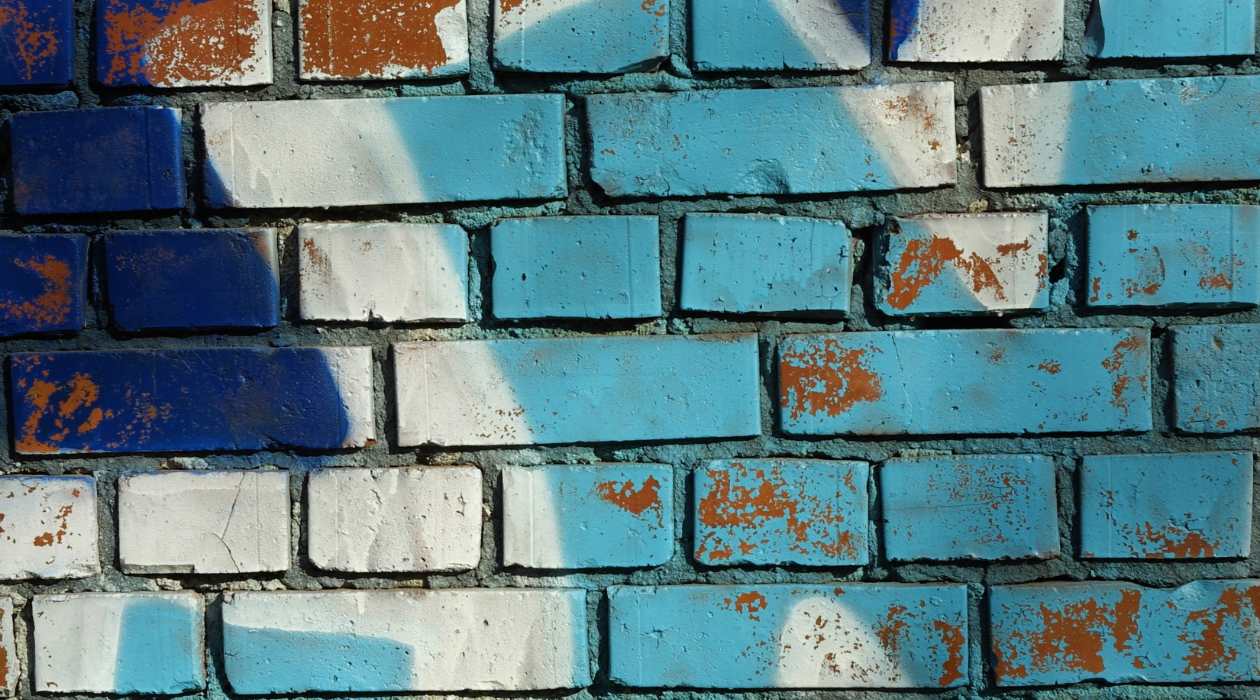

0 thoughts on “How To Get Wax Off Of Brick”